Address: 563 Nui Thanh, Hoa Cuong Ward, Da Nang City
Tel: 0916.860.231 - 0905.160.231 - Website: davitecco.com - Email: info@davitecco.com
Warehouse: Thach Nham Dong Village, Ba Na Commune, Da Nang City
Promotion price Contact
Condition of productsIn stock
More related information,pls click on above Product name
Description:
Laurel produces a comprehensive range of Fire clay brick consisting of 30-55% Alumina all of which exhibit excellent strength. For more arduous environments we offer a hand fired “super duty” Fire clay brick with a very high mechanical strength.
Typically our firebrick range is based upon flint clay giving it both a low iron and low alkali characteristic. Resistance to thermal shock, abrasion, chemical attack and reducing atmospheres are just some of the key criteria determining choice of product within each application. a wide range of sizes are held in stock.
Features:
1. Low thermal conductivity, good thermal insulation performance.
2. Long service life, easy operation, could be shaped freely
3. Product specification: standard form, normal standard, shaped and special shaped bricks.
4. Can be used in various kilns because of its cheapness and general tray package. Among all of the refractory materials, it is the most widely used.
Applications:
1. Carbon bake furnaces in the aluminum industry
2. Preheat zones and cyclones of rotary cement kilns
3. Insulation for glass tanks
4. Fireplace and pizza ovens
5. Coke ovens
6. Blast furnaces
7. Reheating furnaces
8. Suspended roofs
9. Lime kilns
10. Chimney
Our competitive Advantage:
1.Competitive Price. Make the products competitive in your market.
2.Abundant Experience. Prevent cracks and twist in bricks.
3.Different Moulds. Save mould fees for you.
4.Lower ferric Oxide,porosity,higher refractoriness,density,higher CCS and exact tolerance.
5.Strict Quality Control. Meet clients’ quality requirement.
6.Safty packing,prompt delivery time,and excellent after-sales services.
7.Large stocks. Guarantee prompt delivery.
8.Professional Packing. Avoid damage and secure the goods in transportation
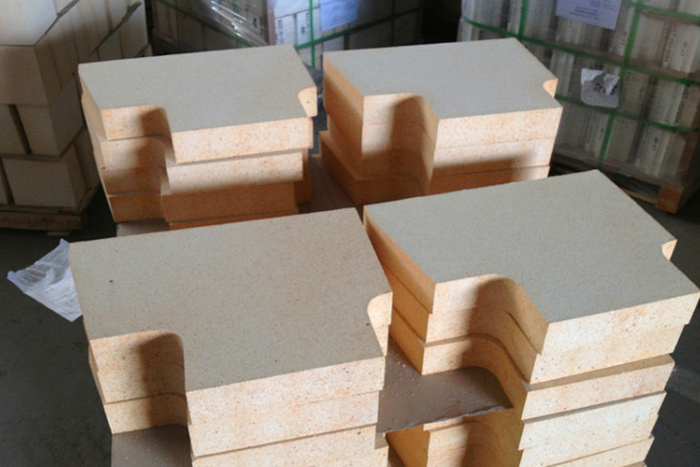
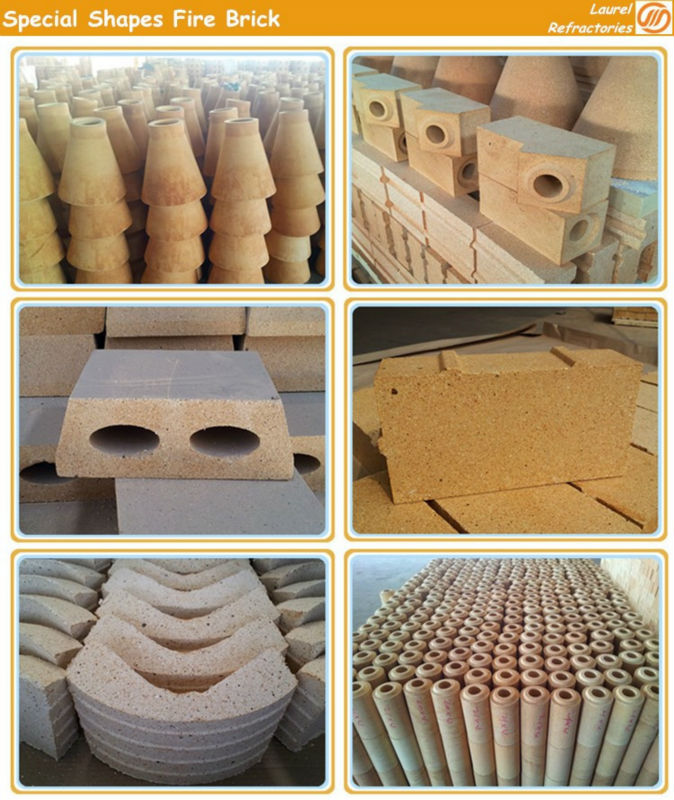

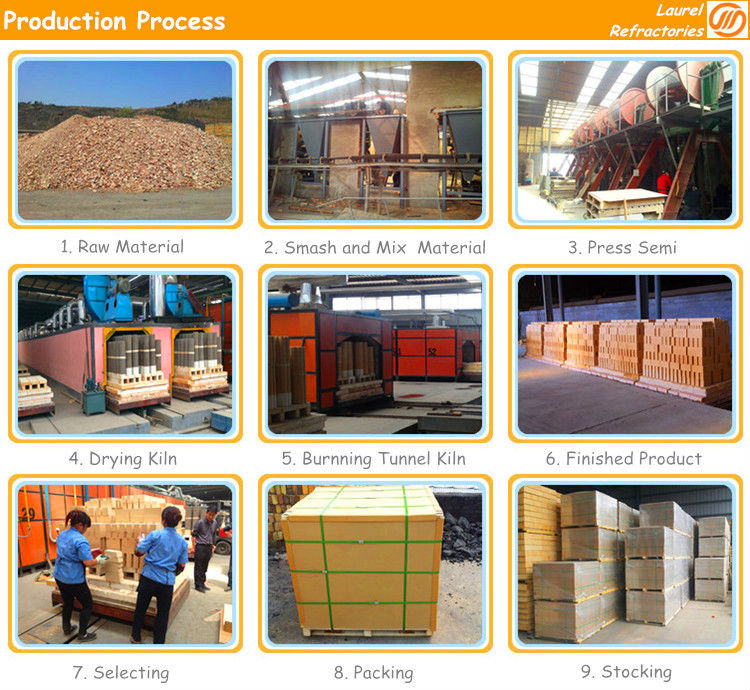

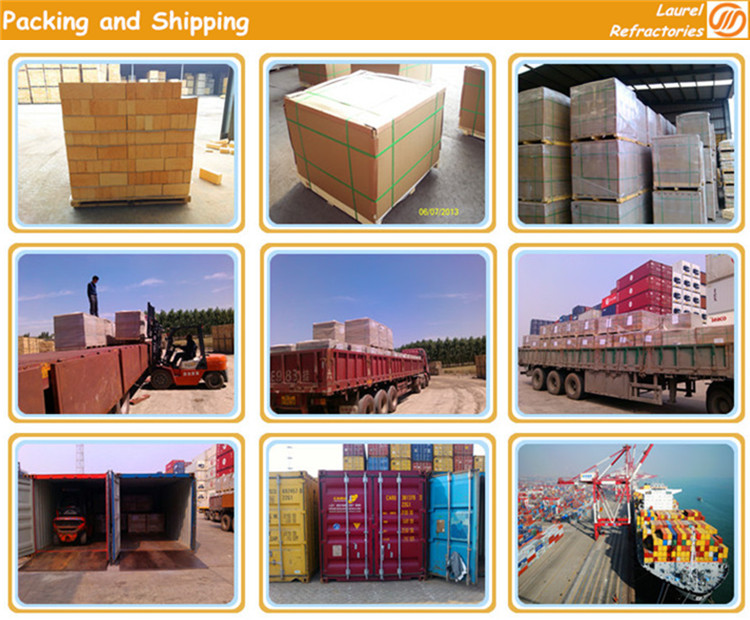
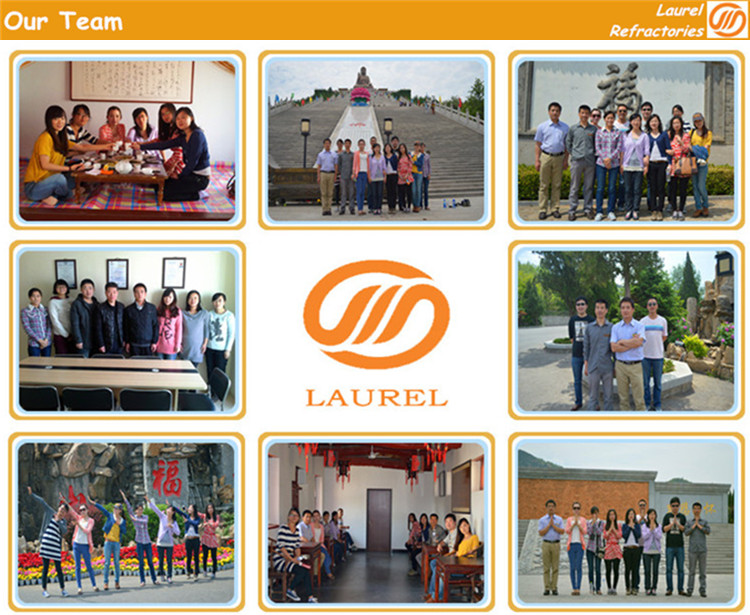


1.Are you a manufacturer or trader?
Factory + trade (mainly factories, at the same time, we operates other related products)
2.Can we visit your factory?
Sure,welcome at any time,seeing is believing
3.what's the MOQ of trial order ?
No limit,We can offer the best suggestions and solutions according to your condition.
4.Which payment terms are you accept?
T/T,LC,Western Union,moneygram,Paypal are available for us.
5.After an order is placed, when to deliver?
15-25days
6.Is your company accept customization?
We have own factory and excellent technical team, and we accept OEM service.
7.How about your company's certification?
SGS,ISO9001 and Test Report,also we could apply other necessary certification.
8.how to solve the quality problems?
If the products are not conform to customer samples or have quality problems, our company will be responsible to make compensation for it.
Promotion
Specializing in Mineral wool products, Rockwool, Glass wool, Insulation products, Vulcanized rubber, Soundproofing products, Refractory brick products, Industrial ventilation, Valves and pipe fittings, Copper pipes & copper pipe fittings, Burners & burner accessories
Currently, the price of Ceramic fiber in sheet form is a topic that many people ...